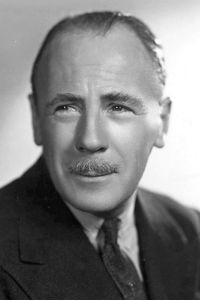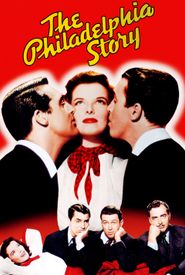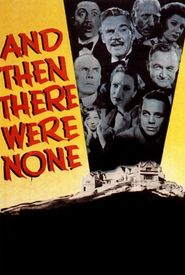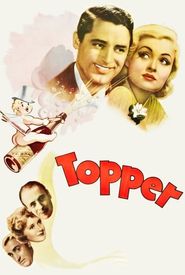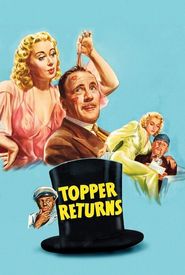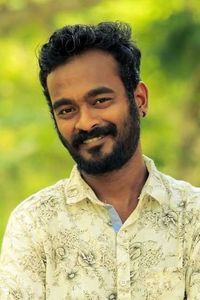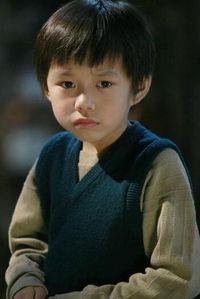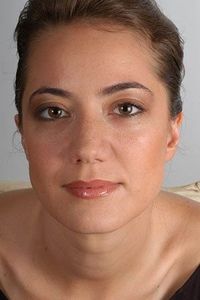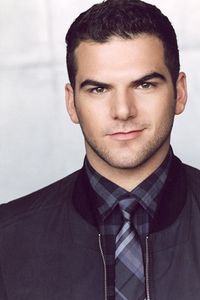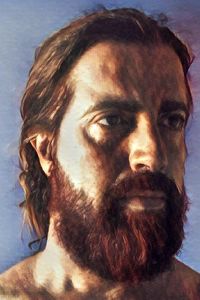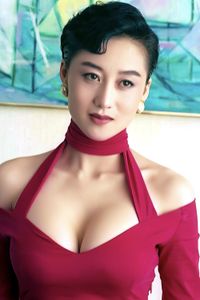Roland Young, a renowned actor, was born on November 11, 1887, in London, England, to an architect and his wife. He was educated at Sherborne College and University College London, and later trained at the Royal Academy of Dramatic Art (RADA).
Young began his professional career on the London stage in 1908, before moving to the United States and making his New York debut in 1912. He became a fixture on Broadway, performing in a wide range of productions, including droll farces and classic dramas.
He also joined the Washington Square Players for a time and became a U.S. citizen in 1918. Young served in the Army during World War I and appeared in a few silent films after his discharge.
Young's first talking film was the 1929 murder mystery "The Unholy Night," in which he played the second male lead. He didn't come into his own in Hollywood until the 1930s, when he starred in a series of screwball comedies.
With his patrician air, tidy mustache, and fumbling-yet-dry delivery, Young did his share of restrained scene-stealing in films such as "New Moon" (1930),"The Squaw Man" (1931),"David Copperfield" (1935),"The Man Who Could Work Miracles" (1936),and "Ruggles of Red Gap" (1935).
He earned a supporting Oscar nomination for his role in the 1937 comedy "Topper," in which he played the humorously beleaguered fall guy for ghostly duo Cary Grant and Constance Bennett.
Young continued to work in film, radio, and television throughout his career, starring in productions such as "Star Dust" (1940),"The Philadelphia Story" (1940),"Two-Faced Woman" (1941),"And Then There Were None" (1945),and "The Great Lover" (1949).
He was married twice and died of natural causes at age 65 in New York City on June 5, 1953. Young was posthumously honored with two stars on the Hollywood Walk of Fame for his TV and film work in 1960.
